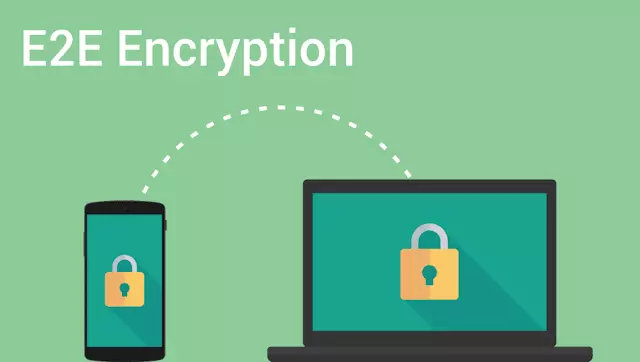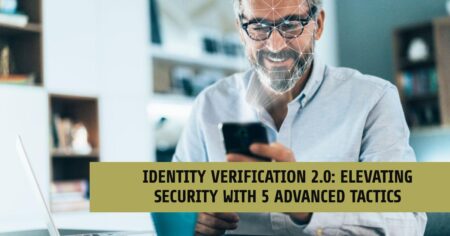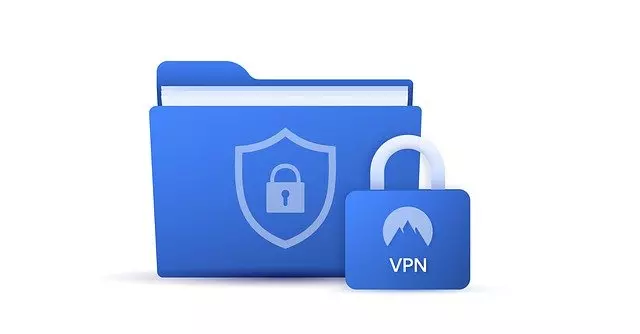End-to-end encryption (E2E) is a method of secure communication used for securing encrypted data while it is moving from the source to the destination.
It is that the data is encrypted on the one end and decrypted on the other end so only the sender and receiver can read it. Nobody in between, be they an Internet service provider, application service provider or hacker, can read it or tamper with it if you are using End-to-end encryption. Privacy and security are in our DNA, which is why we have end-to-end encryption.
When end-to-end encrypted, your messages, photos, videos, voice messages, documents, status updates, and calls are secured from falling into the wrong hands.
How E2E encryption Works
In End-to-end encryption, the data is encrypted on the sender’s system or device and only the recipient is able to decrypt it. In this encryption, the user initiates the encryption from a source device.
The cryptographic keys used to encrypt and decrypt the messages are stored exclusively on the endpoints, a trick made possible through the use of public-key encryption. Although the key exchange in this scenario is considered unbreakable using known algorithms and currently obtainable computing power, there are at least two potential weaknesses that exist outside of the mathematics.
This also provides greater flexibility to the user in deciding which data to encrypt. E2EE was created as a means of communication that keeps eavesdroppers out of a conversation. Even if the data is somehow intercepted on the way from one “end” to another “end”, it will make no sense to the eavesdropper (usually referred to as “man-in-the-middle” or MITM) because it is encrypted.
Advantages of End-to-end encryption
There are several advantages of End-to-end encryption (E2E) over the standard encryption:
- A separate key is not required for the decryption of the packet data in the hop computer on the network.
- It keeps your data private. If you use Gmail, Google can know every intimate detail you put in your emails, and it can save your emails even if you delete them. E2EE gives you control over who reads your messages.
- The availability of choosing specific configurations helps in higher modularization of the functionality.
- The end-to-end encryption process consumes fewer resources and time and the file size is generally small.
- Encrypting data with the help of selective configurations can help in achieving higher modularization of the End-to-end encryption (E2EE) process.








